
Sleep is a mystery — we don’t definitively know what it is, why we do it, and why we need so much of it.
To spend 8 hours a day incapacitated, for every day of our lives, there has to be something important going on! But there isn’t exactly consensus — scientists still debate whether it ‘cleans’ the brain; although they can agree that if you don’t get enough, you’ll go insane.
The potential size of the sleep market is as big as it can get — we all need sleep on a daily basis. The sleep economy is made up of the products, services, devices, and applications that help you fall asleep, stay asleep, and manage your sleep. The industry has seen a flood of investment activity in recent years — and as wearables proliferate and enable our desire to monitor and optimise our bodily functions — interest and investment will intensify.
We can all attest that lack of sleep makes it harder to concentrate, increases grumpiness and stress, impairs memory and judgement, and lowers motivation to do things that are good for us, like exercise. It can also lead to poor decision making and increase desire for sugary foods.
On top of that, sleep is essential for cell repair, memory formation, emotional regulation, and hormonal balance. A good night’s sleep ensures the right amounts of hormones are released at the right times. Every organ in our body needs sleep, and accidents increase when we’re sleep deprived.
There’s more to sleep than rest and recovery. During the day, we only access 10% of our brains. In dreams, we get to explore tangential connections, identify unconsidered patterns, regulate emotions, and shape memories. As we sift through the day’s events and decide which memories to keep and which to discord, sleep has the power to shape the stories we tell ourselves — and hence, who we are. This critical, autobiographical process happens by incorporating new data into our memory bank and identifying patterns and connections between them.
Despite its importance, our society has a large problem with sleep. Our permanent connection to our digital devices has disrupted our circadian rhythms and sleep patterns, with debilitating consequences. In Australia, 50% of adults suffer from at least one chronic problem with sleep — be that trouble falling or staying asleep, or waking up before you want to. 10% of Australian adults have insomnia. This costs us dearly. People who receive less than 6 hours of sleep per night have a 13% higher mortality rate.
What does good sleep look like?
In healthy sleep, we oscillate between REM and non-REM phases of sleep.
In healthy sleep, we yo-yo between REM and non-REM stages of sleep. This cycle repeats every 90 minutes and consists of about 5-6 cycles. Sometimes we skip a stage, or it gets disrupted. For sleep to work its magic, all stages need to happen.
What changes are afoot?
As venture capital investors, we always ask ‘why now?’
Since sleep has been a constant for the entire history of humanity, why do we believe we are on the precipice of an inflection point, that’ll unleash a wave of innovation in this industry? Here are some macro trends that we think will play a role in driving an evolution in the way we sleep.
Sleep is now seen as a critical pillar of wellness
Where ‘running on three hours of sleep’ may have once been glamorous in certain circles, as a society we are waking up to the importance of sleep as an input into health and wellbeing. Our chronic lack of sleep is being recognised as a global health crisis — the Centre for Disease Control and Prevention has even classified it as endemic. More people are recognising that a bad night’s sleep is just as damaging — if not more — as a night of heavy drinking or guzzling down an unhealthy meal.
Moreover, not only are sleep deficits unhealthy, they’re downright dangerous. As proof, each year at daylight savings (an event which disrupts people’s sleep), the number of car crashes goes up by 6% in the following week.
Companies are are taking notice: Calm, Headspace, and Insight Timer have invested heavily in their Sleep Series, recognising how much the world needs to be lulled to sleep by the sonorous voices of Stephen Fry or Matthew McConaughey.
Proliferation of sleep tech
There’s a range of products to optimise sleep, from lower tech smart mattresses and pillows, weighted blankets, temperature controlled bedrooms, blackout blinds to higher tech dreamscape music, light projectors, and noise modulation. Quite remarkably, there’s no leading consumer brand for sleep owning and bundling this tech!
Eating sleep
Edible products that can help people fall asleep are gaining in popularity. Active ingredients can be found in gummies, cookies, teas, or even ice-cream. Some popular edibles include melatonin — a naturally occurring hormone that induces a feeling of sleepiness. As it turns out, blue-light exposure reduces the natural production of melatonin — one of the reasons that looking at screens right before bed can make it harder to fall asleep.
Another popular active ingredient is CBD — a cannabinoid. In some parts of the world, it’s gaining popularity as a natural sleep remedy, as it curtails the production of cortisol — the stress hormone.
Tracking sleep
Sleep trackers capture data, providing insights about sleep and suggestions on how to improve your sleep. They come in all shapes and sizes, like WHOOP around your wrist, the Oura ring, the Beddr forehead wearable, the Dreem headband, and the 10 Minds Motion Pillow.
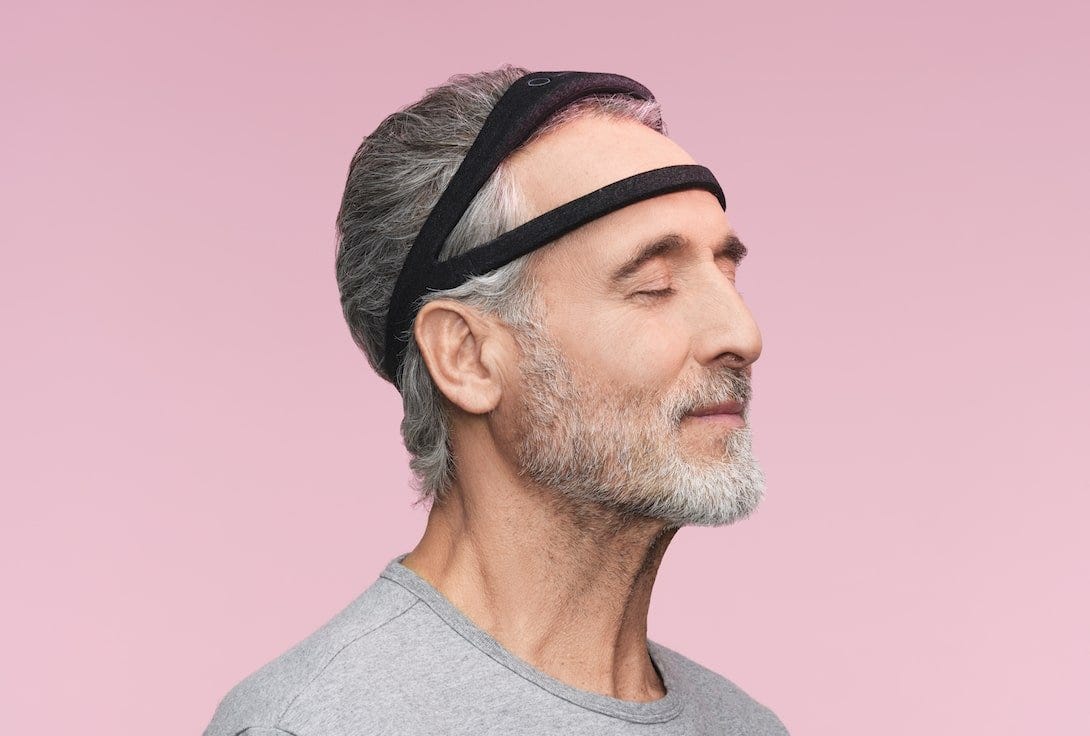
The Dreem headband uses a technique called polysomnography (PSG) to track sleep stages.
Sleep tracking devices are about 95% accurate in measuring whether you’re asleep, but only 60% accurate in measuring sleep quality or stage. It primarily relies on lagging indicators such as heart rate, movement, and noise. A more accurate method would be to measure leading indicators, such as eye movement and ESG, however most people are reluctant to wear headbands to bed simply to get more accurate measurements of their sleep. As Apple and Google’s Fitbit accelerate innovation in wearables, we’re watching with interest the innovations rolled out for tracking sleep.
Sleep coaches are stepping up
So you’ve gotten a baseline picture of your sleep, and you want to improve it. It’s time to find a sleep coach! Human and AI-powered sleep coaches can help you determine how much sleep you actually need, optimise your bedtime routine, and serve as your accountability buddy to cement a healthy sleep routine.
A good night’s sleep is the best medicine
Not only is poor sleep a lagging indicator of poor health or illness, poor sleep can also increase the risk of disease or even death. Sleep deficiency is correlated with chronic conditions such as heart disease, kidney disease, high blood pressure, diabetes, obesity, and depression. Furthermore illness often disrupts sleep, fuelling a vicious cycle of degeneration. For example, getting less than seven hours of sleep makes diabetes harder to manage as both insulin resistance and hunger increases the next day.
Sleep monitoring is increasingly being used as a diagnostic tool. For example, disruption to sleep cycles can indicate early stages of Alzheimer’s disease. Monitoring sleep not only enables early diagnosis, it can track the progression of degenerative conditions. In addition, diagnosing and treating mild to moderate cases of obstructive sleep apnea can help prevent the development of cancers, while detecting changes to respiratory rates can catch COVID-19 early.
Programming dreams
Dreams offer a glimpse into the subconscious mind – a place of wisdom and power. Human civilisations have been interested in programming dreams for thousands of years. In ancient Egypt, people slept in sacred beds at the Serapeum of Saqqara in hope of receiving divine messages. In ancient Greece, the sick would go to sleep temples or ‘spiritual hospitals’ to channel the gods’ healing powers. Today, dream incubation is a part of spiritual practices like dream yoga.

The Serapeum of Saqqara.
Artists knew that dreams can enhance creativity. The connections that are formed while we dream can offer a new perspective when we wake up. The artist Salvador Dali had a creative process called ‘slumber with a key’. He would sit in a chair holding a heavy key over a plate and meditate on a problem as he dozed off. When he fell asleep, his hand with relax, and drop the key on the plate, waking him up, often with a fresh perspective.
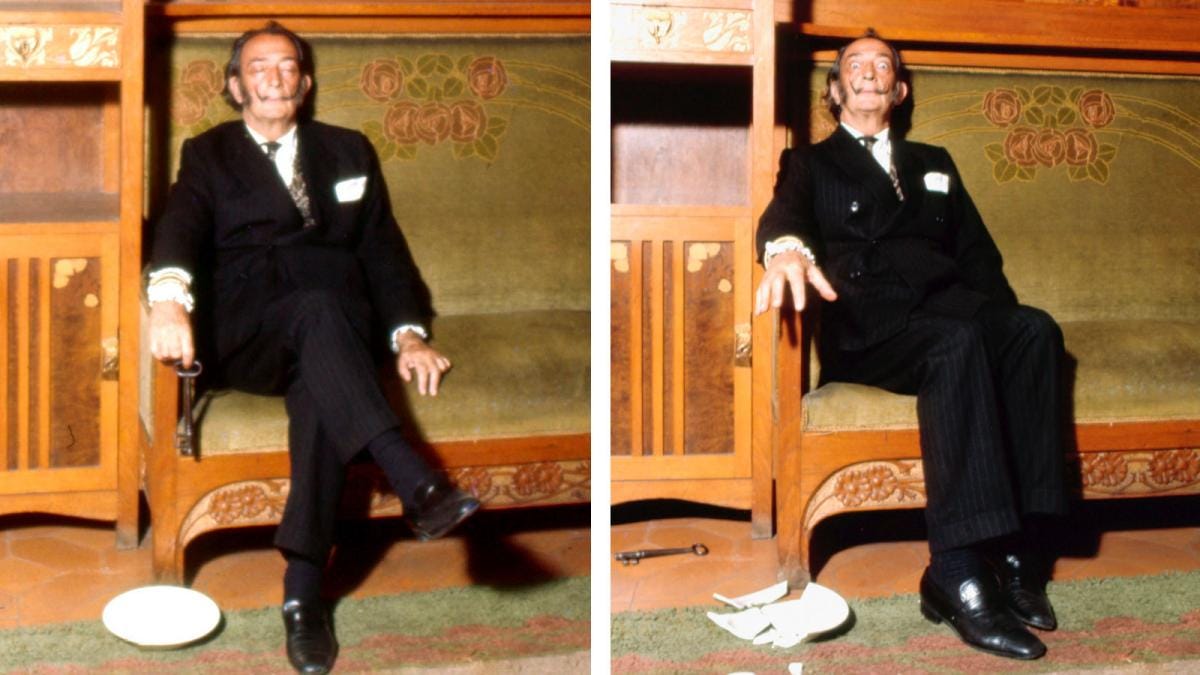
Slumbering with a key.
Recently, practices called ‘dream intelligence’ have sprung up to harness dreams to promote learning and growth. These techniques use dreams to embed positive habits or bolster the learning of new skills, like languages. Content we review right before bedtime affect our hypnagogic dreams — visceral dreams that occur just after we fall asleep. This means what we see, hear, or smell right before we sleep can be ‘programmed’ to influence our dreams, and in doing so, our thoughts and behaviours.
In one experiment, researchers exposed participants to certain kinds of content right before they fell asleep, and documented how it impacted their dreams:
- Expose participants to a VR experience where they are flying — many participants dreamt of flying;
- Played a meow while the participant is sleeping — upon waking, participants were better able to locate a cat on their computer screen;
- Recited the name of a snack while the participant is sleeping — upon waking, participants were willing to pay a premium for the snack; and
- The smell of cigarette smoke was mixed with the stench of rotten eggs and fish, and wafted over a population of smokers — participants smoked on average 30% less the following week.
Dreams for sale?
Perhaps unsurprisingly, there are people trying to monetise the power of hacking dreams, with marketers experimenting with how to reach people through their dreams.
Early experiments present participants with stimulus right before they fall asleep. In small study, 18 people watched a video that showed Coors Light beer cans interspersed with with nature images, set to synth beats. The participants then fell asleep to the same soundtrack. A whopping 30% of participants claimed to have dreamt about Coors beers. In our dreams, we are defenseless prey for marketeers. The daytime savvy we’ve built to tune out the relentless bombardment of advertising material goes out the window, as we’re unable to scrutinise what’s marketing and what’s our subconscious telling us something important.
Marketers seem determined to break down the last bastion of our privacy. The American Marketing Association (NY) found that 77% of marketers surveyed would. like to experiment with DreamTech.
There’s some brands that have already staked tall claims to their ability to influence our dreams. Burger King’s ‘nightmare’ burger’, which was rolled out for Halloween, is said to be “clinically proven to induce nightmares”, making it 3.5x more likely that someone has a nightmare after eating one.
“Someone in my dream turned into the burger,” said one study participant. “The burger then transformed into the figure of a snake.”

Definitely doesn’t look like it would go down a dream…
We believe the convergence of these trends will drive the creation of companies that reimagine how we approach sleep.
This article was first published by AfterWork Reading.
Handpicked for you

Death tech startup Bare raises $10 million in Series A funding to change how Australians approach the end of life
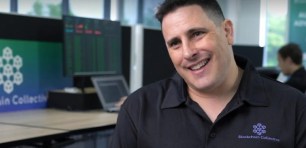
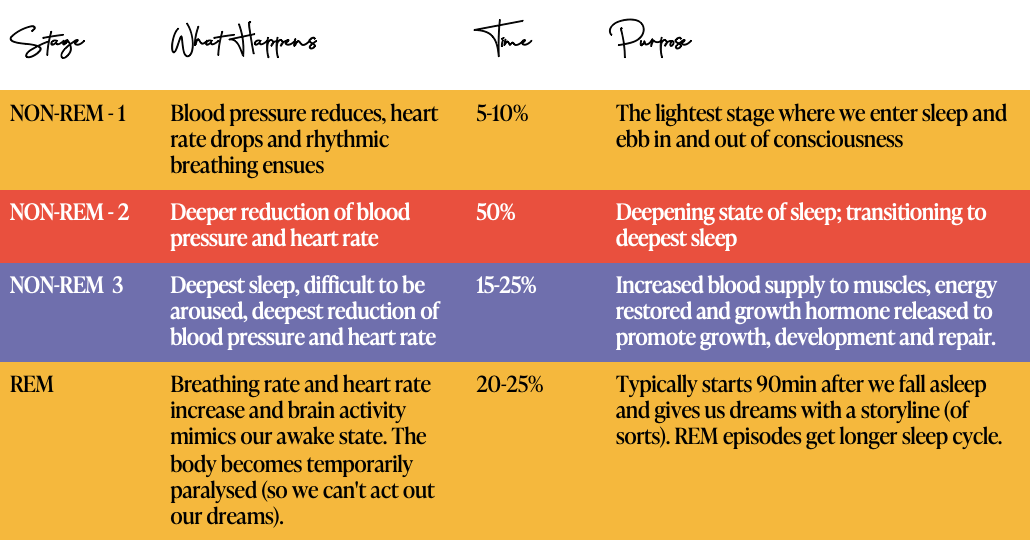
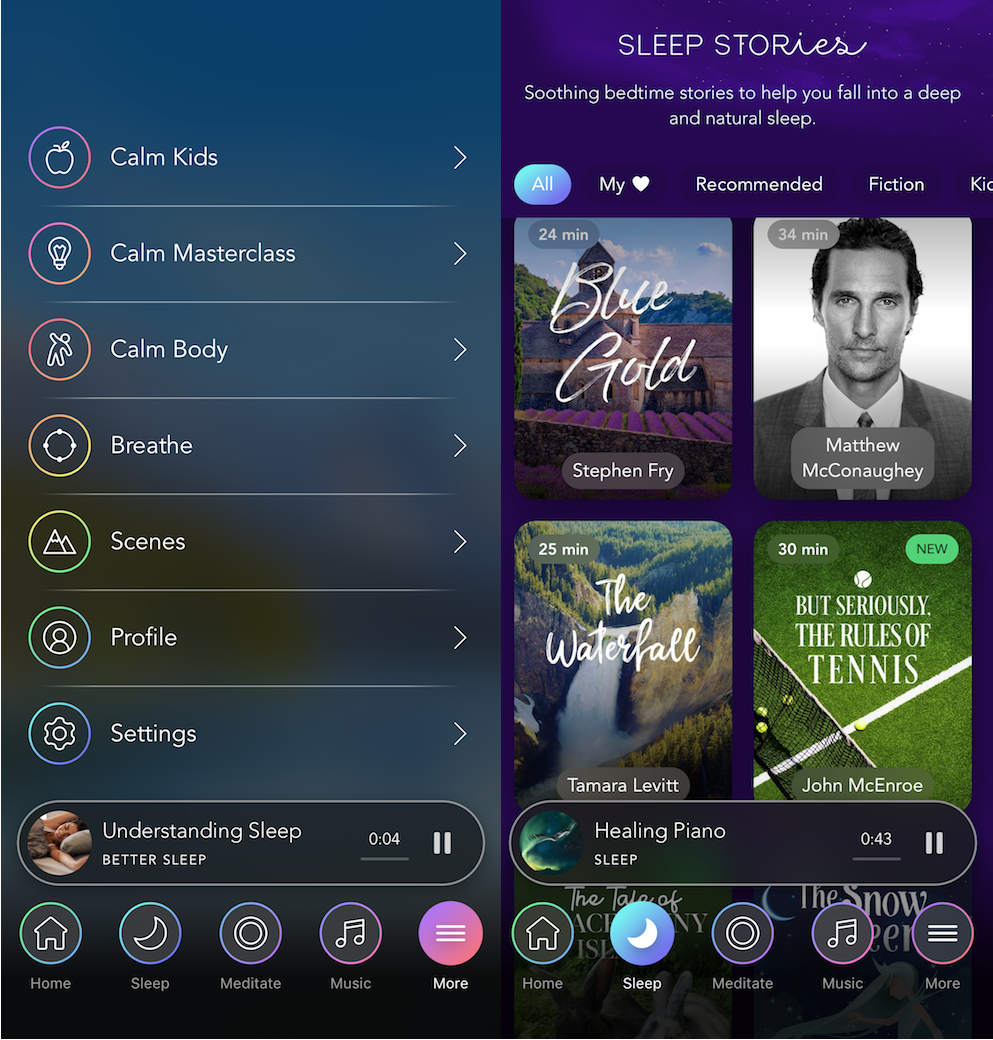


COMMENTS
SmartCompany is committed to hosting lively discussions. Help us keep the conversation useful, interesting and welcoming. We aim to publish comments quickly in the interest of promoting robust conversation, but we’re a small team and we deploy filters to protect against legal risk. Occasionally your comment may be held up while it is being reviewed, but we’re working as fast as we can to keep the conversation rolling.
The SmartCompany comment section is members-only content. Please subscribe to leave a comment.
The SmartCompany comment section is members-only content. Please login to leave a comment.